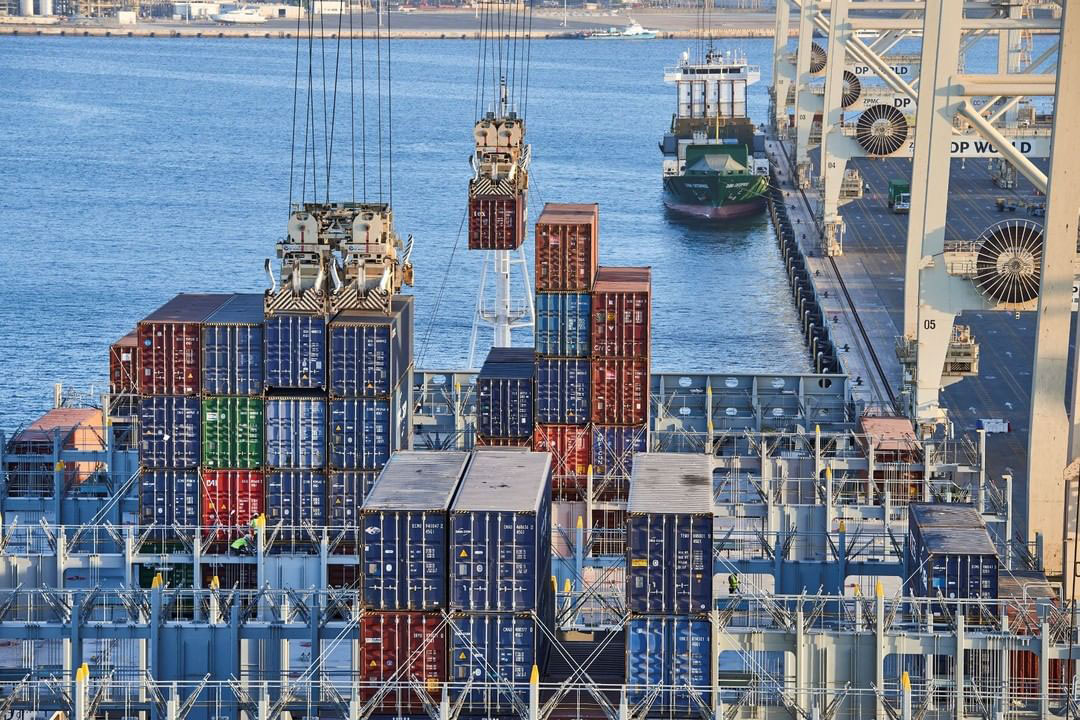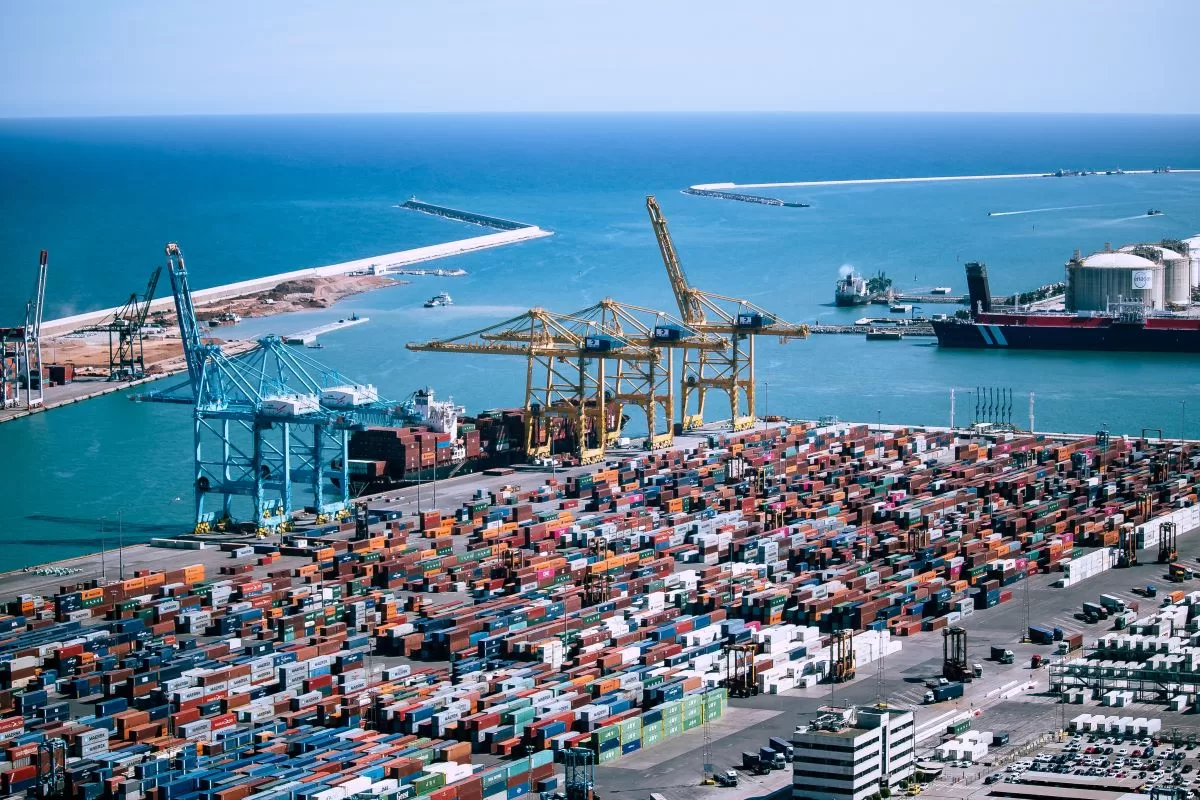The construction of Congo’s deep-sea port has taken shape as DP World and the British government’s development-finance arm join forces. The joint venture is expected to break ground on a deep-sea port in the Democratic Republic of Congo as the Emirate logistics company broadens its expansion in Africa. British International Investment Plc (Bll) is investing $35 million in DP World’s infrastructure build at the Port of Banana. The port is located where the Congo River meets the Atlantic Ocean. This is one of the few similar partnerships between the two companies in Somaliland, Egypt and Senegal. “The port is being developed in multiple phases and its capacity is expected to gradually increase over time,” BII noted in a statement. The government agency estimates the investment will cut the cost of trade in the DRC by 12% and create as many as 85,000 jobs.
The Significance of Congo’s Deep-Sea Port in Africa
The construction of Congo’s deep-sea port in Africa is one that is precedented to bring numerous benefits. Furthermore, the project adds another site to DP World’s footprint in Africa. The company plans to spend $2 billion on ports and $1 billion on its logistics business over the next three to five years to meet long-term growth. The company’s competitors have also been investing throughout the continent. One of the reasons is the surging demand for critical mineral exports. Declining performance by South Africa’s rail and logistics firm Transnet SOC Ltd. is creating additional opportunities for regional ports that are increasing capacity. However, the once-dominant company is implementing measures to improve operations.
Also read:
The Scope of Implementation in the Construction of the Project
DP World’s strategy in the construction of Congo’s deep-sea port entails developing Banana and creating a new trade corridor that links it to Africa’s east coast. Chairman Sultan Ahmed Bin Sulayem said. “We like to create corridors,” he said in a February interview. “Here, you’re linking the Indian Ocean to the Atlantic Ocean. This is good for us.” The project also aims to to transform DRC’s rudimentary infrastructure by adding a 600-meter (1,968-foot) quay with an 18-meter draft. These capacities will be capable of handling the largest vessels in operation. Furthermore, DP World plans to have a container handling capacity of about 450,000 units. While there is no provided timeline for the development, it is expected to commence soon enough.
The Motivation Behind the Multi-Million Project
One of the major reasons that is fueling the ambition to ensure Congo’s deep-sea port becomes a success is minerals. A booming market for critical minerals, such as copper from Zambia and the DRC, is helping to drive the need for greater logistics capacity. Mohammed Akoojee, the chief executive officer of DP World’s sub-Saharan African business noted this to Bloomberg earlier. “We’ve seen demand increasing over the last few years, largely driven by the whole electrification drive globally and the demand for commodities like cobalt, lithium,” he said. Africa’s wealth of natural resources, particularly in oil and gold, is attracting significant investment as global demand for critical minerals. This demand is driving the need for enhanced logistics infrastructure across the continent. Once completed, the port of Banana will be a vital link in ensuring a logistical approach in the continent.
Also read:
Chinese Firms Ink a Multi-Billion Mining Swap Deal For the Construction of Major Roads in DRC

Leave a Reply